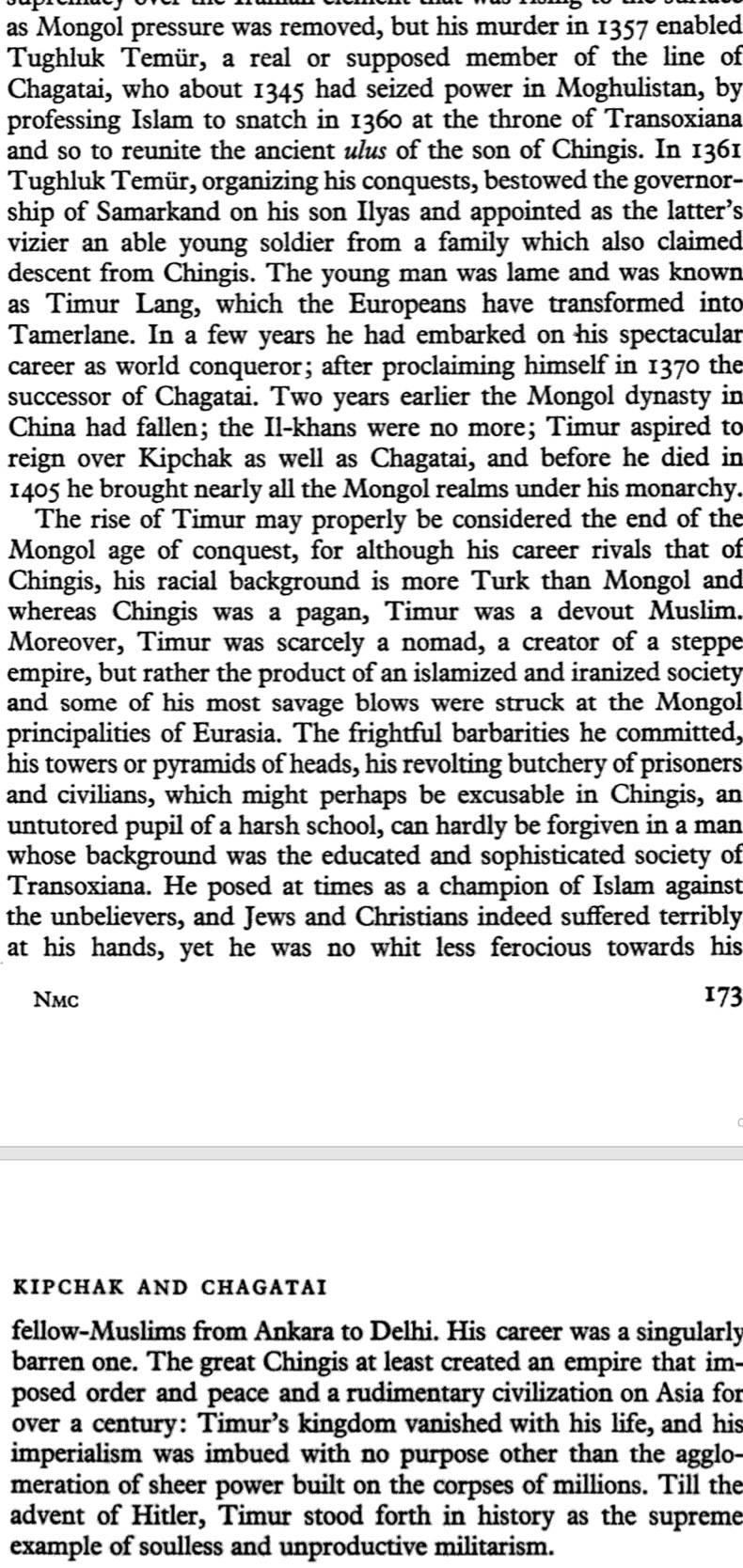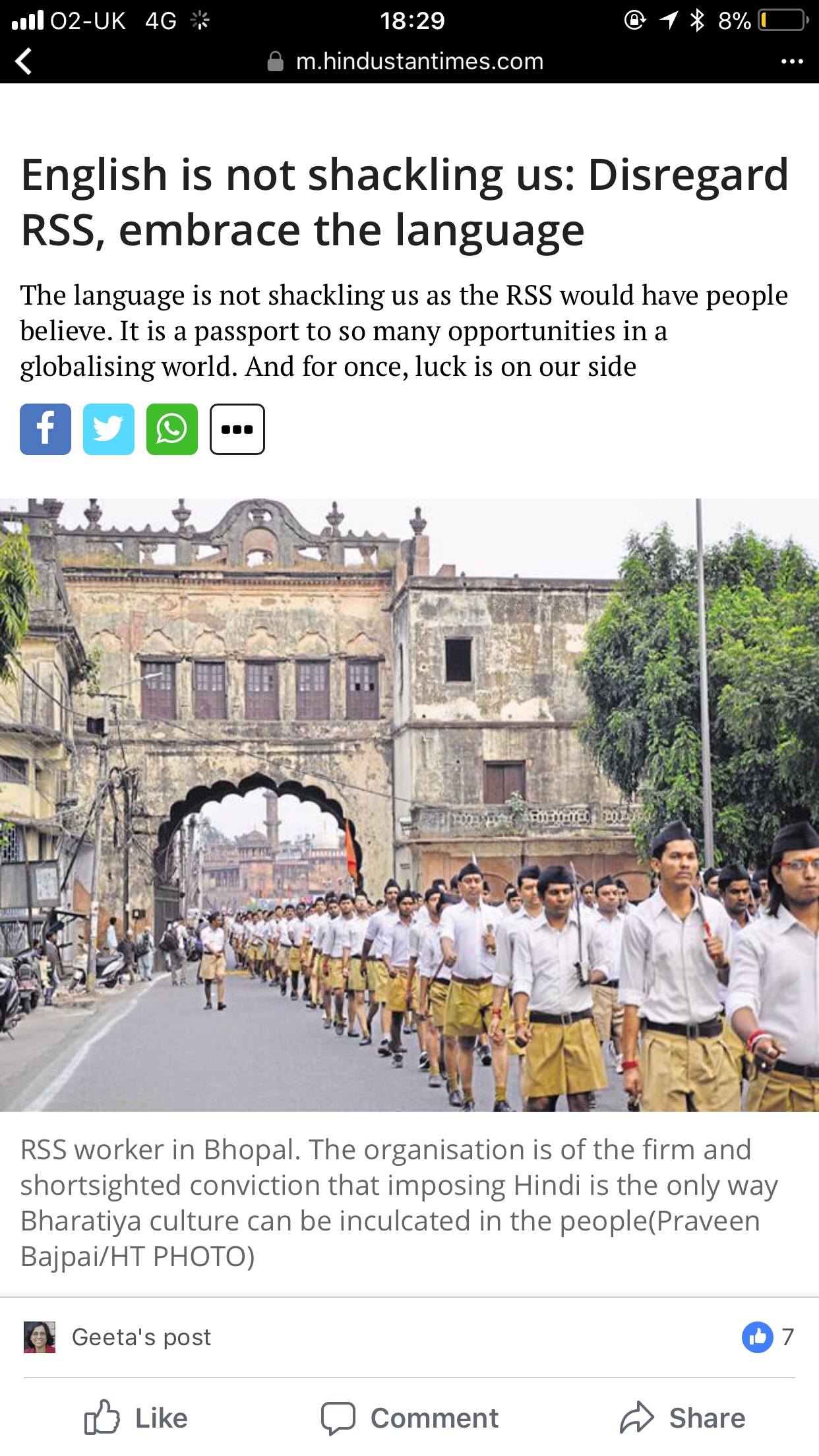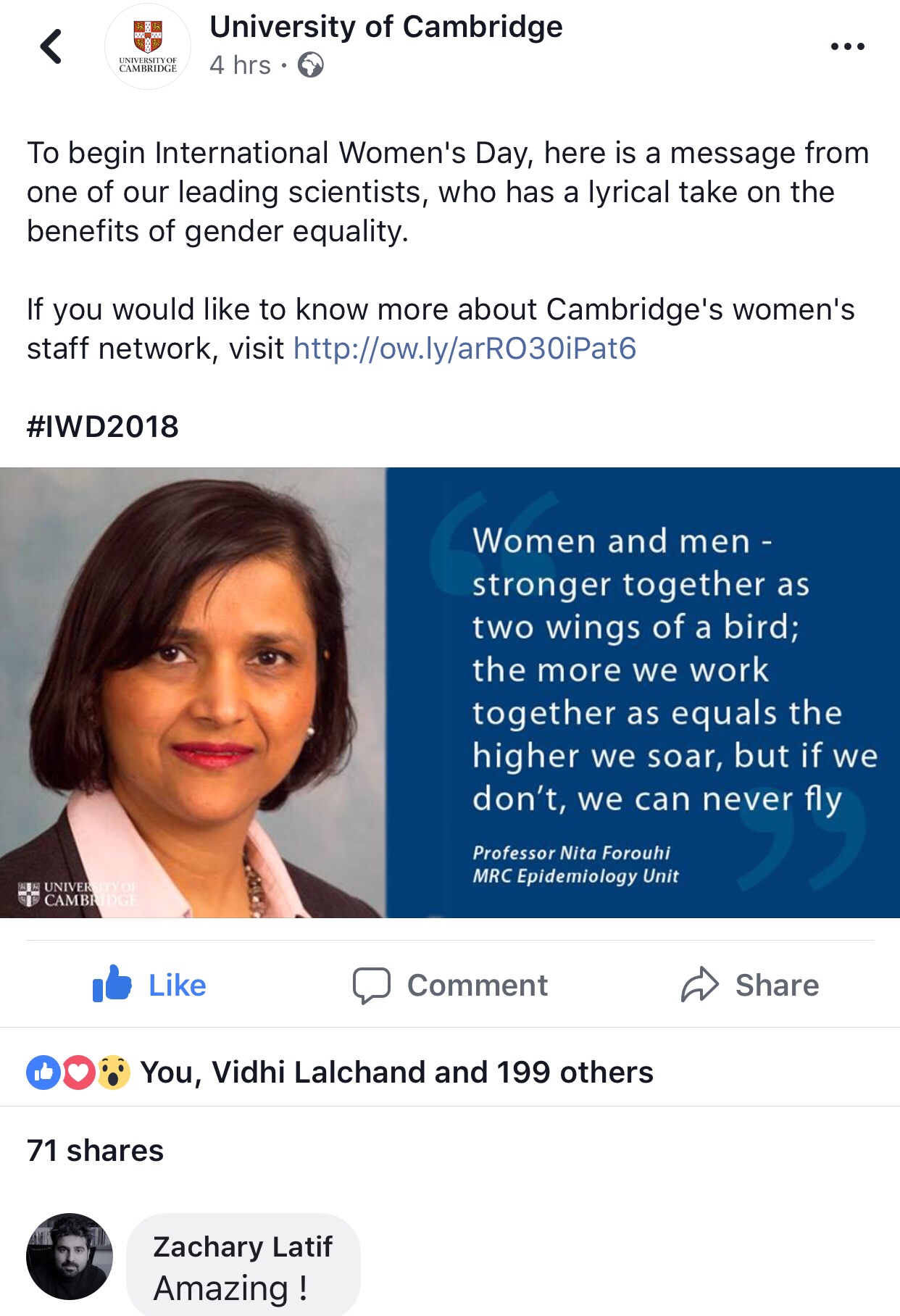I should have titled this post as “Islamic concept” since there is a difference between Islam & Muslim.
When I review Two Nation Theory (I am not assessing the merits & demerits of it) it sounds remarkably like the Bahá’í conception of the world.
In the sense that Bahá’ís have a very weak notion of nation or race or even language but prioritise the Faith over all else. Now while there are substantial differences with the parent religion (we must always be loyal to the governments we reside, we can be patriotic, we can take up arms etc, integrate wherever possible) this is ultimately an Islamic concept that wormed its way into the Faith.
Both Christianity & Islam are universalistic religions and Christianity only became reconciled to the Nation-State (after the Treaty of Westphalia – now I could be wrong but that’s not the point of the post – we are talking about Islam here).
The Dharmic religions are about an individual’s relationship to their own path (again I could be wrong) and it is arguable that their institutionalisation May have been speeded up interactions with the aggressive Abrahamic faiths (who as an example have divvied up Africa between them).
The question is what is the equivalent of the Treaty of Westphalia for the Islamic world. Until the abolishment of the Ottoman Empire; there was nominal allegiance (if you can call it that) to the Caliph and some Sunnis have a weakfish relationship with the House of Saud.
Two Nation Theory is a reflection that the universalising tendencies of Islam co-exists with the Western formulation of the Nation state (most complex societies developed into Empires & Kingdoms with few exceptions, which is why projecting nationalism into the deep past is unsatisfactory at best).
The “strange political behaviour” of UP Muslims, who primarily and paradoxically drove the cause of Partition, to then abrogate all power to the indigenous people Cis-Indus (since the 50’s Pakistan has primarily been under Punjabi & Sindhi rule with the exception of Musharraf) is a worthwhile discussion.
A few questions and statements;
(1) for the Muslim-majority provinces Partition was an absurd concept. Until a few years before 1947 political sympathy for Pakistan in the Punjab, Sindh, NWFP & Bengal was tepid at best.
(2) how were these Muslims cuckolded; was it primarily the promise of dislodging their non-Muslim economic elites but then again no one could have foreseen the vast ethnic cleansing to come; the Quaid thought it would be a legal, technical matter (of course Direct Action Day also mena that QeA was no strange to the power of a good communal riot)?
(3) as an aside Quaid-e-Azam was a brilliant tactician but a pathetic strategist. He achieved his immediate goals at the sacrifice of larger ones. He could have withdrawn Muslim support for Independence (which was not strong particularly after the crushing Delhi genocide of our Mughal antecedents post-Mutiny by the Brits) in exchange for a Lebanon arrangement and security guarantees (PM Hindu, President Muslim etc etc / Muslim regiments so on so forth).
(4) why has Pakistan endured? It is arguable just how successful 1971 would have been without Indian support. Indira masterfully tapped into the East Pakistani zeitgeist and galvanised a old Bengali-speaking nation into a new Bangladeshi beginning. Kudos to Indira & Sheikh Mujibur; but Bangladesh (like Pakistan before it) was not a foregone conclusion. The language question was not as important as the political and economic one. Why didn’t Zulfikar cede to Sheikh Mujibur?
(5) what is the Treaty of Westphalia moment for Islam? For South Asian Muslim nationalism it was certainly 1971 as well as Urdu nationalism (why did we import millions of fair skinned Alien Afghans but not couple of hundred thousand darker skinned Biharis – Musharraf stabbed the Urdu-speaking cause in the back when he lectured Bangladesh to integrate them in rather than repatriate to their homes in Karachi). The vast majority of “foreign ancestry” in South Asian Muslim (both Urdu-speaking and Indus Muslims) is in fact Pathan (also Afghan/Pashtun) not Arab, Persian or Turkish. Rohillakand is a good example; the Bollywood fraternity is stocked with Khans, who are only a few generations removed from Peshawar.
(6) the idealisation in Pakistan are ethnic Punjabis who speak (& ape/aspire according to one’s political vernacular) Anglo/Urdu Mughalai-infused culture (is it little wonder that Kabir & I cant be objective when it comes to the Mughals?) but who also magically look very Pathan (the exact same thing is happening to Persians & Azeris; Persians from the south, east and centre of Iran are traditionally a swarthy olive skinned people who are dramatically lightening up as Azeri assimilate into the Persian ethnicity).
(7) is Two-Nation theory a threat to India vis a vis Urdu speaking Muslims and Kashmir?
(a) The Urdu speakers are resigned to their political marginalisation and seek to make their way in cricket & Bollywood (a bit like African Americans – a very visible rhetorically active population that is also economically weak/ does that make the Jains, Marwaris as Jews; I would suggest the Parsis are like a miniature reflection as they are conscious of their foreign origins). In fact it is the ethnic Muslims (who speak local languages) that seem more susceptible to fanaticism.
(b) Kashmiris fight predominantly for Kashmiri nationalism, Pakistani Pan-Indus (pan-Urdu / pan-Islamic; it’s so nebulous) is a distinct second (more like pan-Indianism is a distant third).
(8) In a case of supra-nationalism; SAARC, CENTO or OIC. Aam admi would go for OIC; Muhajir intellectuals (who are still a very important class, this was BBs social circle) are fond of the Persianate goals of CENTO (which is dead for all intent & purposes; I resurrected it for this post) while SAARC is the pragmatic choice.
(9) however 70years of Pakistani nationalism has very successfully planted the seed of Islamic glories. The hearts of Pakistanis skip a beat when they see Alhambra but they simply mouth off unconvincingly about Taxila or Gandhara. The irony of Partition is that Mohenjadaro & Taj Mahal are really in the wrong countries.
(10) When I made the heated quip about the alien Brahminical scripts it touches up a very really reality that the Highest culture in Pakistan looks West & further West rather than East. We may dance to Bollywood tunes and Pakistan actors look to Bombay but there has been a very real cultural and emotional rupture in the Aftermath of Partition. The mind follows where the heart is..
(11) my final point is that among Pakistanis; Kabir & I form the most “Indian” contingents. We both ascribe to some sort of Indianism, which the vast majority of our cohort do not. The fact that Kabir looks toward Hindu musical traditions and my wife is of course a Hindu-born atheist.. it’s interesting to see we can’t find common ground with the Indian contributors in this blog; maybe because we perceives what it means to be Indian very very differently.
(b) I am willing to give up on Pakistan but without the giant totems symbols of Urdu & the Mughals I cannot relate to India except as my wife’s country of national origin. Desiness would be a meaningless absurd concept in favour of my Persian Bahá’í identity.. what I’ve learnt in the history of Indian Muslim nationalism (like with Sir Syed & Allama Iqbal) emotional catch quixotic soundbites have a surprising way of informing the discourse 50, 60 years onwards..
That’s all for now folks..
Ps: just read the comments let’s refrain from absurd comments; the safest country for Muslims is India (why not Israel come to think of it). It’s absurd; I can agree that for liberal Muslims; India & Israel have some advantages (they have nightclubs & alcohol; are generally less conservative etc). But to be a Muslim in these societies is to be distinctly second-class..



 Source: Angus Maddison, The World Economy, Paris: OECD, 2001, p. 261, Table B-18
Source: Angus Maddison, The World Economy, Paris: OECD, 2001, p. 261, Table B-18